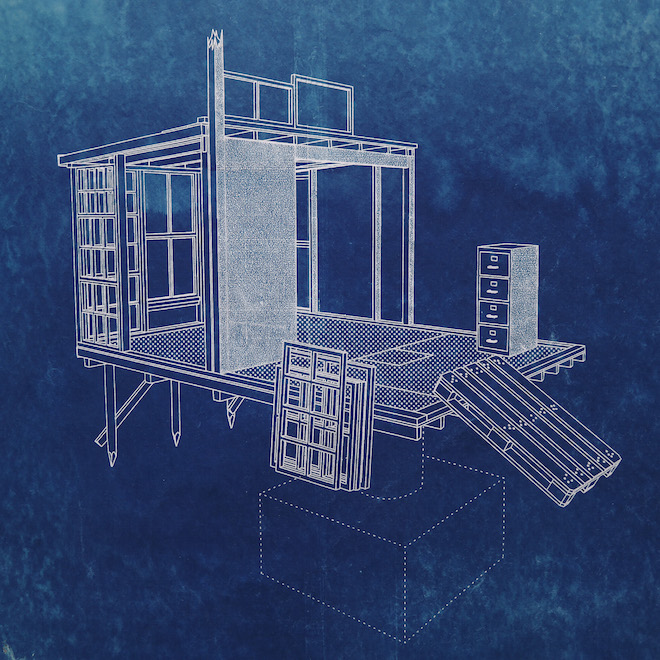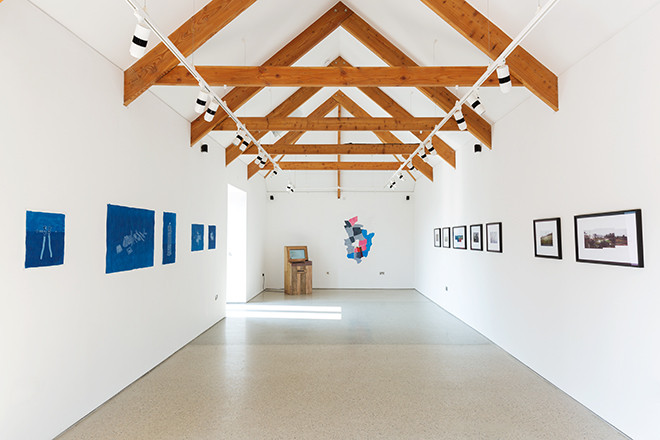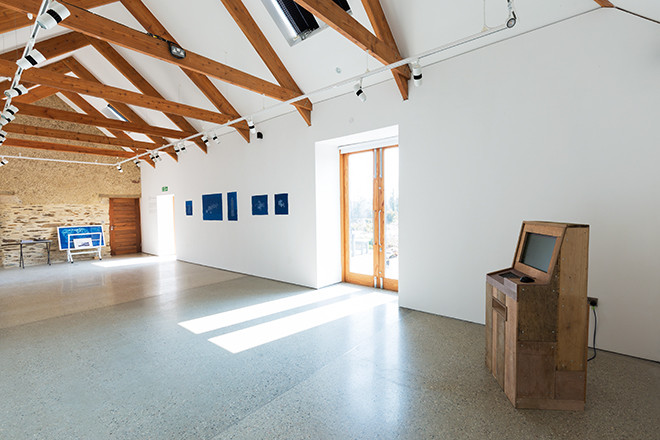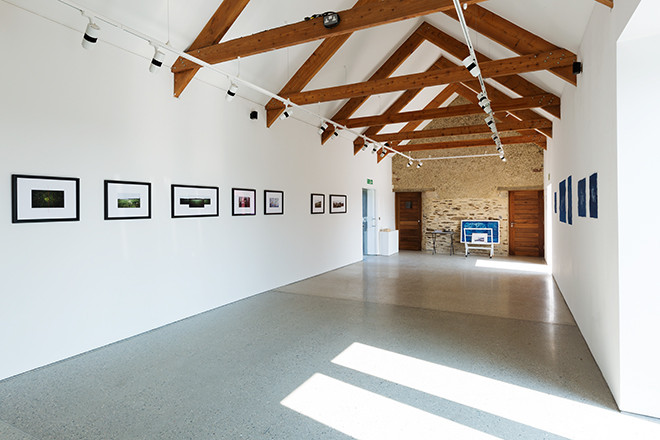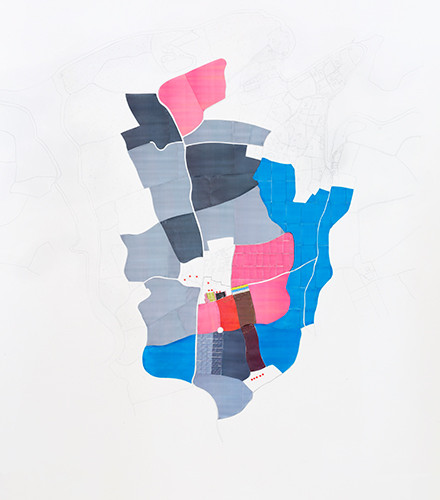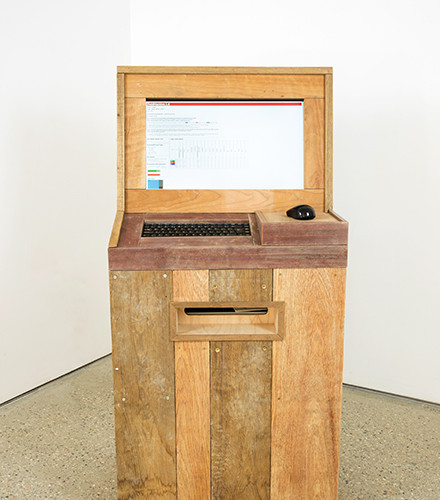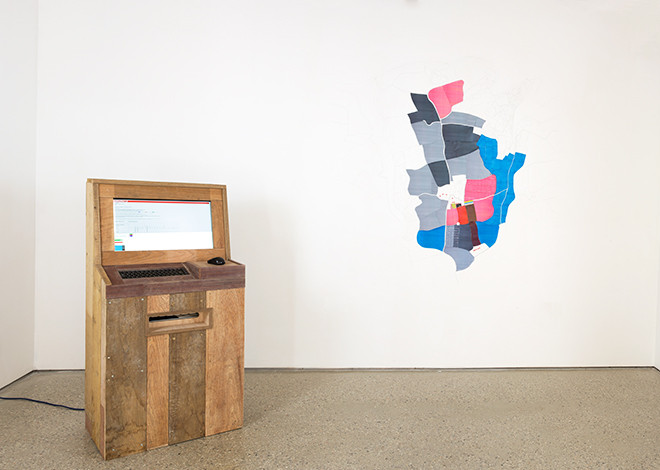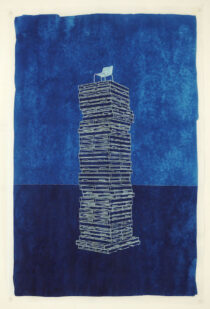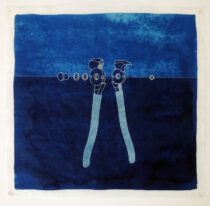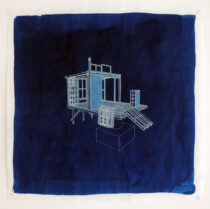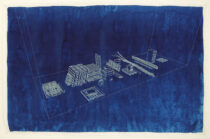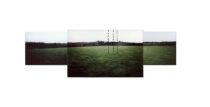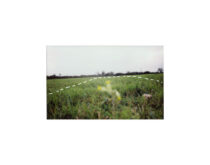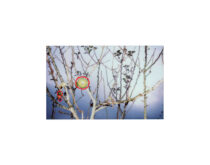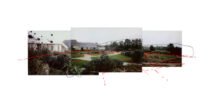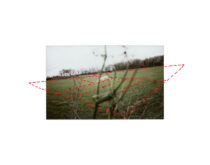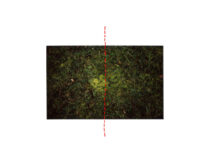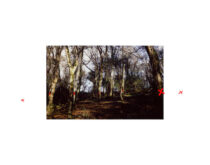Paul Chaney – Lizard Exit Plan: Kestle Barton Sector
19 March – 8 May
Public Opening: 2pm – 5pm Saturday 19 March with Artist Talk at 3pm
The Kestle Barton Rural Centre for Contemporary Arts 2016 season will begin with the next development in the ongoing ‘speculative research’ of the Lizard Exit Plan by artist Paul Chaney. First shown in 2014, here Chaney imagined a catastrophic event cutting off Cornwall’s Lizard Peninsula from the global economy. Conferring with local landowners, farmers, and other experts, the artist compiled a strategic plan for survival in this apocalyptic scenario.
This new body of work by Chaney will focus specifically on the role of Kestle Barton within his post-apocalyptic narrative and continue to uncover questions of the utility of art and sustainability; especially food production including sources of machinery needed for cultivating crops.
The exhibition will feature five new limited edition cyanotype blueprints of detailed plans pertaining to the ‘Kestle Barton Sector’ and seven new limited edition screenprints that illustrate scenarios from Chaney’s Lizard Exit Plan document which has been elaborated on further for this new body of work. Earlier limited edition Lizard Exit Plan material from the 2014 show will also be on hand in the gallery during this exhibition, so the complete project can be viewed.
At 3pm on March 19 during the Public Opening of the exhibition, Paul Chaney will give an Artist Talk about his recent residency and his Lizard Exit Plan speculative research project. He will also give an overview of his forthcoming Critical Camping series.
Paul Chaney’s Encampment Supreme pavilion, built last year in our orchard, will accommodate the Critical Camping series. At six separate weekend events throughout the 2016 season, Chaney will host a campfire meal with activities and talks concerning topics related to his Lizard Exit Plan project. See our website for dates and more details.
The Artist Talk and the Critical Camping series have been supported using public funding by the National Lottery through Arts Council England
